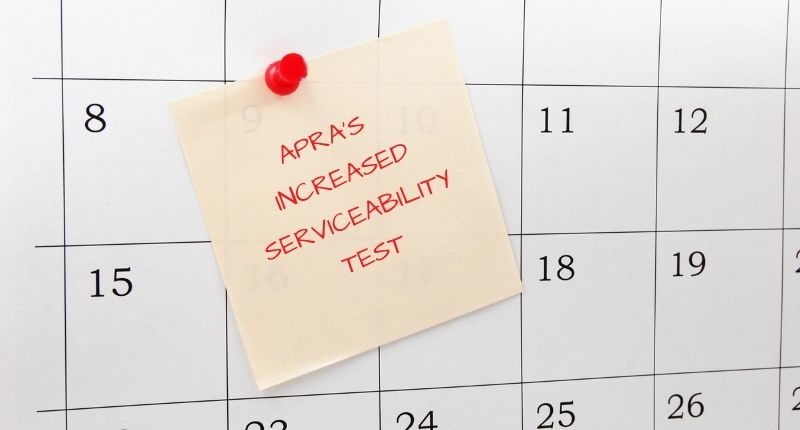- Several months for impact of increased serviceability test to be felt
- This could have a "large effect" on investors, says an RBA review
- Debt-to-income and loan-to-valuation restrictions a possibility
It could take several months for the maximum impact of the Australian Prudential Regulation Authority’s (APRA) increased serviceability test to be realised, according to the Reserve Bank of Australia’s (RBA) latest Financial Stability Review.
This comes just days after the regulator sent a letter to all authorised deposit-taking institutions advising lenders it will assess the ability of new borrowers to meet their loan repayments at an interest rate 3% above the loan product rate (as reported by The Property Tribune, on 6 October).
On 8 October, the RBA review said, “This is an appropriate response to target the extent and type of systemic risks that have been building.”
However, the bank said “it could take some lenders several weeks to adjust to the new settings, and some households will have already planned or committed to purchase based on previous lending policies.
“Indirect effects may take even longer than the direct effects, although changes in potential buyers’ expectations could bring forward the impact of the policy change.”

Who may be affected?
“The overall direct reduction in the flow of new lending resulting from the change will depend on how many potential borrowers take out a smaller loan and how many decide not to borrow at all,” said the Review.
“The indirect effects on new lending could see less competition for properties, reducing price pressures which could lower price expectations, then decrease prospective buyers’ urgency to buy.”
RBA Financial Stability Review, 2021
According to the Review, the effect on investors would be larger compared to households with no other mortgage debt.
“The effect of the change will also depend on whether some borrowers previously would have had their maximum loan size determined by an interest rate floor, rather than the sum of their loan interest rate and the serviceability buffer.”
Yet a much smaller share of borrowers will become constrained by the increase with their desired loan size only a few per cent larger than their maximum loan amount.
For more constrained borrowers the reduction in the amount they can borrow will cause them to choose not to borrow at all at this time, said the Review.
“Estimates from survey data suggest that first home buyers are more likely than other owner-occupiers to take out a loan that is very close to their maximum.
“While this suggests that FHBs are more likely than other owner-occupier borrowers, the overall share of FHBs that will be affected is estimated to be very small,” said the Review.
Other potential restrictions
The Financial Stability Review stated other restrictions, used in other countries with advanced economies, which could be used to prevent financial risks.
Debt-to-income restrictions could be used to limit the maximum amount households can borrow relative to their incomes, according to the Review.
Loan-to-valuation restrictions, which work to limit the amount that can be borrowed relative to the valuation of the property, and constrain the supply of credit to borrowers with low equity and liquidity buffers, were another suggestion from the Review.









